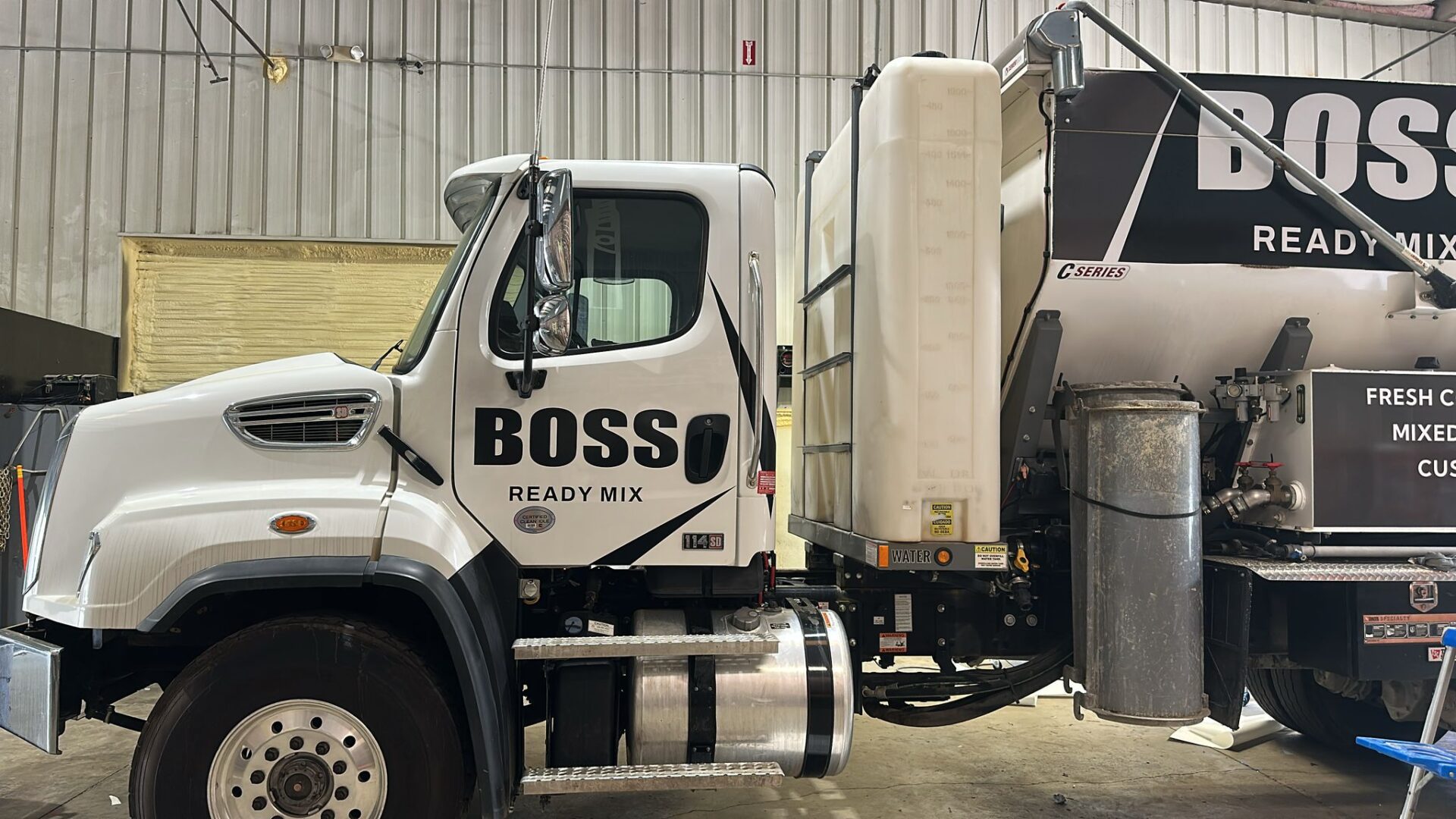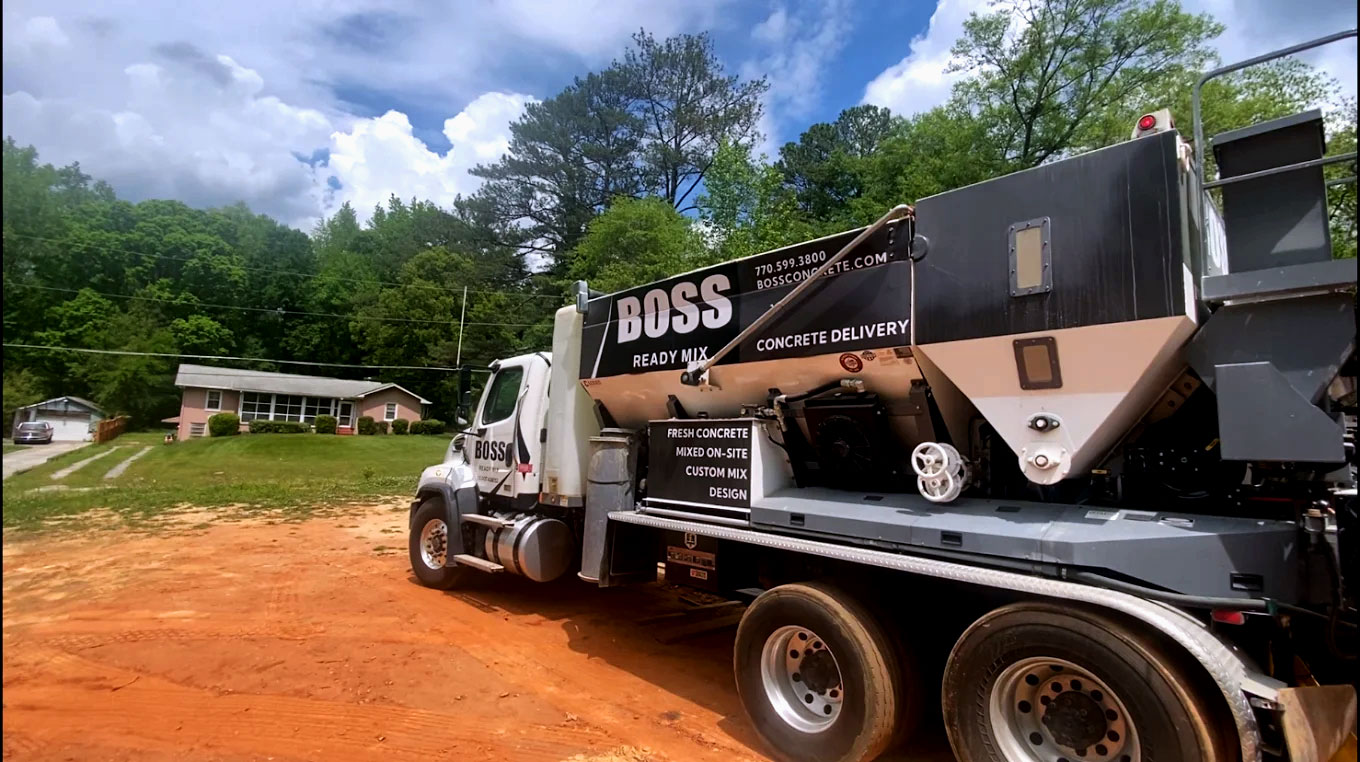Table of content
At Boss Concrete, we pride ourselves on delivering top-quality concrete services across the South Atlanta Metro Area. As experts in the field, we understand the importance of following best practices to ensure the strength, durability, and longevity of every project. Here’s a quick guide on essential concrete use guidelines tailored for homeowners in Georgia:
1. Proper Site Preparation
Proper site preparation is crucial to prevent issues like cracking, sinking, or shifting. This involves clearing debris, leveling the ground, and compacting the soil.
Ensure your contractor checks the soil’s condition and drainage to avoid future problems.
2. Choosing the Right Mix
Different projects require different concrete mixes. For example, a driveway may need a higher strength mix compared to a sidewalk.
Discuss the specific needs of your project with your contractor to ensure the right mix is used.
3. Temperature and Weather Considerations
Weather conditions during and after the concrete pour can significantly affect the curing process. Extreme temperatures, rain, or high humidity can lead to weak or uneven concrete.
Plan your project during moderate weather and avoid scheduling pours during extreme conditions.
4. Proper Curing Techniques
Curing is the process of maintaining adequate moisture and temperature in the concrete as it sets. Proper curing increases the concrete’s strength and durability.
Ask your contractor about their curing methods, and ensure that curing is done correctly, especially during the first few days after pouring.
5. Sealing the Concrete
Sealing concrete protects it from moisture, chemicals, and wear and tear, extending its lifespan.
Consider applying a sealer a few weeks after installation and reapply as needed to maintain protection.
6. Understanding Load Limits
Concrete is strong, but it can still crack or break under excessive weight. Driveways, in particular, need to be designed to support the weight of vehicles.
Be aware of the load limits for your concrete surfaces and avoid parking heavy vehicles in the same spot for extended periods.
7. Routine Maintenance
Regular maintenance, such as cleaning and resealing, helps prevent stains, cracks, and other damage, keeping your concrete looking its best for years.
Keep an eye out for any signs of wear and address issues promptly to avoid more extensive repairs.
8. Joint Placement and Control
Joints are necessary to control where concrete cracks naturally due to shrinkage and temperature changes. Proper placement and spacing of joints help prevent random cracking and ensure the concrete’s structural integrity.
Ensure that your contractor places control joints at the appropriate intervals and depths. Joints should typically be spaced at intervals equal to 2-3 times the thickness of the concrete slab (in feet). For example, a 4-inch-thick slab should have joints every 8-12 feet.
9. Surface Finishing
The finishing process determines the concrete’s final appearance, texture, and slip resistance. Proper finishing not only enhances the aesthetic appeal but also contributes to the durability and functionality of the surface.
Discuss your desired finish with your contractor. Common finishes include:
- Broom Finish: Provides a slip-resistant surface, ideal for driveways, sidewalks, and patios.
- Smooth Finish: Achieved by troweling, this finish is often used for indoor concrete floors but may be slippery when wet.
- Exposed Aggregate: Offers a textured, decorative look by exposing the aggregate (stones) within the concrete, great for driveways and walkways.
- Stamped Concrete: Mimics the look of stone, brick, or tile, adding a decorative touch to patios, driveways, and walkways.
Additional Considerations: Make sure the finish is applied at the right time in the curing process to avoid issues like dusting or surface scaling. The finishing process should be suited to the intended use of the surface, ensuring it meets both aesthetic and functional needs.
10. Professional Inspection and Quality Control
Even the best materials and methods can fall short if not carefully monitored. A professional inspection ensures that every aspect of the project meets the required standards and that potential issues are identified early.
Request a final inspection from your contractor to review the work done. This should include checking for proper joint placement, curing, surface finishing, and any early signs of potential problems. A thorough inspection can help catch issues before they become major repairs, ensuring that your investment is protected.
By following these guidelines, homeowners can ensure that their concrete installations are strong, durable, and long-lasting. At Boss Concrete, we’re here to help you every step of the way, delivering reliable and expert service you can trust.
For more information or to schedule a consultation, contact us today!




